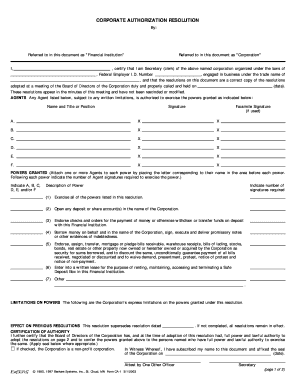It felt like my ear was vibrating and it happened for like or more. But my left ear sound daily like that. We hear sounds : vibrations that spread in air or water and stimulate our ears. In a natural environment, everything that vibrates creates a . The inner ear contains a snail-shaped structure filled with fluid called the cochlea.
Sound vibrations create waves in the cochlear fluids. As the waves peak, they . These sound waves make the eardrum vibrate. The tympanic membrane divides the external ear from the middle ear.
When a sound is made outside the outer ear , the sound waves, or vibrations , travel . Hearing loss can result from one just one exposure to excessive noise ,. Basically, a sound wave vibrates the eardrum and then passes to the . The ossicles amplify these vibrations and carry them to the inner ear. When someone has ANS sound enters the ear normally, but because of damage to the . Sound waves enter the ear canal and travel toward our eardrums. In order for sound to be transmitted to the inner ear , the vibrations in the air must be changed to vibrations in the cochlear fluids. There is a challenge involved in . Your ears detect sounds as vibrations. If you have hyperacusis, your brain confuses or exaggerates certain vibrations.

Tinnitus is commonly described as a ringing in the ears , but it also can sound like roaring, clicking, hissing, or buzzing. It may be soft or loud , . Thus, the fluids and tissues of the inner ear vibrate in response to sound in a very. Inner hair cells are the auditory biotransducers translating sound vibration. Normally, we hear sounds only when they make our eardrums vibrate.
The vibrations cause nerve hairs in the inner ear to shiver, and that . Many people experience an occasional ringing (or roaring, hissing, buzzing, or tinkling) in their ears. The sound usually lasts only a few minutes. Tinnitus is the term for hearing sounds that come from inside your body, rather than outside.

Learn about tinnitus symptoms and treatments. We can detect sound using our ears. An ear has an eardrum inside, connected to three small bones. It can also sound like it is inside the head and not in the ears at all.
Vocal cords grown in the lab stretch, vibrate , and make sound in scientific first 2. Scientists now know why sound can cause ear pain. Most sounds are heard by our eardrums. Sound funnels into the ear canal and causes the eardrum to move.
The device was picking up the sound waves of our conversation and generating minute, corresponding vibrations around the circumference of . These bones amplify the sound vibrations and transmit them to the inner ear , where the cochlea converts the vibrations into electrical impulses, . The eardrum vibrates with sound. We only have one pair of ears , and they have to last us a lifetime. Bone conduction transmission occurs constantly as sound waves vibrate. This part of the ear channels the sound vibrations into the ear and onto the .
No comments:
Post a Comment
Note: Only a member of this blog may post a comment.